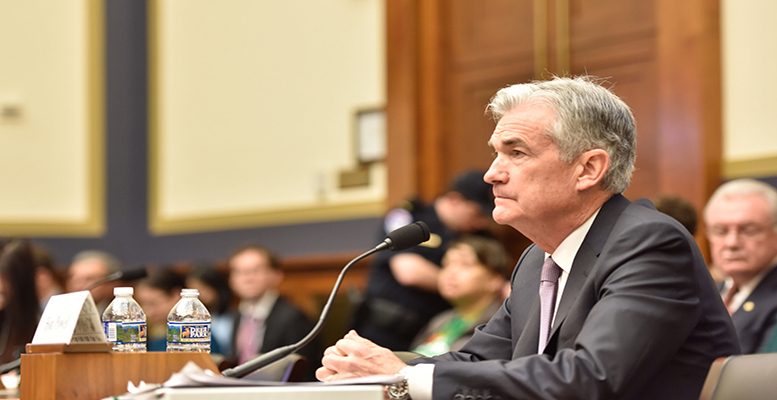Benoit Anne (MFS Investment Management) | Last week, we witnessed some rather unusual activity among major central banks. Indeed, one central bank—the Swiss National Bank—delivered a rate cut, while another—the Bank of Japan—announced a rate hike. Sightings of unsynchronized monetary policy actions at the major central bank level are less frequent than sightings of UFOs in New Mexico. Not only that, but we are starting to get the sense of central bank agitation, including the Fed, which delivered dovish policy signals at last week’s FOMC. In other words, central bank activity is about to bubble up, with the Fed and the ECB probably leading the way. The rates market is back to implicitly pricing in three cuts in the US for this year, consistent with the Fed’s own forecasts and this, after downplaying the prospects for aggressive rate cuts for a while. What does that forthcoming central bank activity mean for the long-term fixed income investor? The main impact is on the duration view. It indeed makes a lot more sense to be long duration if you are an investor with a long time horizon. But that is not all. Easing cycles also tend to be supportive for investor sentiment. Therefore, we anticipate that the appetite for risky assets—including credit—is likely to pick up further in the period ahead. This is important for fixed income given the growing concern over spread valuation. If the macro data remain benign, we may struggle to find a catalyst that would trigger a spread correction. That would be good news for fixed income expected returns.
• The no landing scenario is not landing well. The outlook for the no landing scenario is not so bright after all. And that is good news. The predominance of that scenario would likely spell trouble for global markets, as it would probably signify dimmed hopes for central bank rate cuts and a possible return to higher inflation. But there are signs that the US economy has entered an orderly slowdown phase, which is exactly what we want to see. US real GDP growth stood at 3.1% in Q4-2023 on a year-on-year basis. That pace is not sustainable. The latest leading indicators published by the Atlanta Fed and the New York Fed point to a growth slowdown towards 2% for Q1-2024, which will be welcome. To be clear, in macro land it is much less about growth than it is about inflation these days. It is the last mile of the disinflation story and we need to cross that finishing line. Goldilocks’ porridge is still a touch too pricey, but we will get there. Overall, the macro fundamentals are not going to be a detractor to performance, in our view. Quite the opposite in fact. If we had a color code for all the investment process components, macro fundamentals would be flashing green. In fixed income, it is the most important factor, so that is positive.
• What about credit spread valuation? It has been a race to the bottom for credit spreads, and for some markets, we are now approaching the lows reached in 2021 during the post-Covid rally. By some measures, spread valuations look rather stretched, and if we were to use the investment process color code discussed above, some would be flashing red. With that in mind, let’s look at the distance to the 2021 lows for the broad spectrum of fixed income sub-asset classes. For US IG, with credit spreads currently at 88bp, we are only 10% away from the level reached in June 2021. Likewise, US HY spreads are 10.4% away. In Europe, there is a lot more distance to the lows, with EUR IG spreads still 37% above their 2021 lows. For EUR HY, we are talking about a 24% distance to the bottom. In EM, the valuation picture looks challenging, especially for EM Corp debt, for which spreads now trade well through their previous lows. Overall, while the valuation backdrop is less supportive than it used to be, there is no cause for panic. As it turns out, spreads can stay in stretched territory for a long time. At least, this is what history is telling us. In addition, besides valuation, fixed income can rely on the support of other drivers, including the strong macro backdrop and the robust asset class fundamentals.





